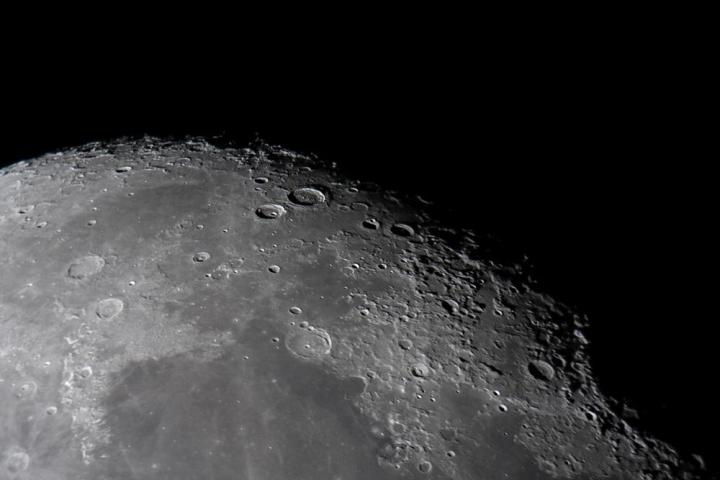
The dark side isn’t actually dark, but simply rather cannot be seen from Earth’s surface (though we do have some satellite footage), and has long been the stuff of legends. Now, China is looking to unpack some of the intrigue, and China hopes to study the geological conditions of the extraterrestrial body. This area of the moon, Zou says, has a “clean electromagnetic environment, which provides an ideal field for low frequency study. If we can can place a frequency spectrograph on the far side, we can fill a void” in terms of what is known about the universe at large.
Of course, the absence of Earth’s radio transmissions on the far side not only makes this part of the moon intriguing for sensitive equipment, but also difficult to navigate. As Michael Brown, an observational astronomer at Monash University in the Australian city of Melbourne, told Al Jazeera, the Chinese may face some issues actually landing a spacecraft as mission control back on Earth will not actually have visual contact. Still, Brown is confident in China’s abilities to make good on their goals. “The communication problem will be solved by having a spacecraft orbiting the moon to relay radio signals from the far side of the moon back to earth,” Brown said. “The Chinese space program has demonstrated that they can land on the moon and build communications satellites, so their goal to land on the far side of the moon by 2020 is certainly feasible.”
China already has another moon excursion planned for 2017, when it will send an unmanned spacecraft to collect samples for further study. If successful, they would be only the third country after the U.S. and Russia to complete such a mission. But in 2020, it won’t be bronze China shoots for, but gold. And if it can shed some light on what’s going on in the dark side, who knows what could be next.
Editors' Recommendations
- China probe successfully lands on moon for sample collection
- See a photo of the strange gel-like substance found on the far side of the moon
- China’s Chang’e 4 lander finds gel-like substance on the far side of the moon
- China’s Chang’e 4 lunar mission: See Yutu on the far side of the moon


